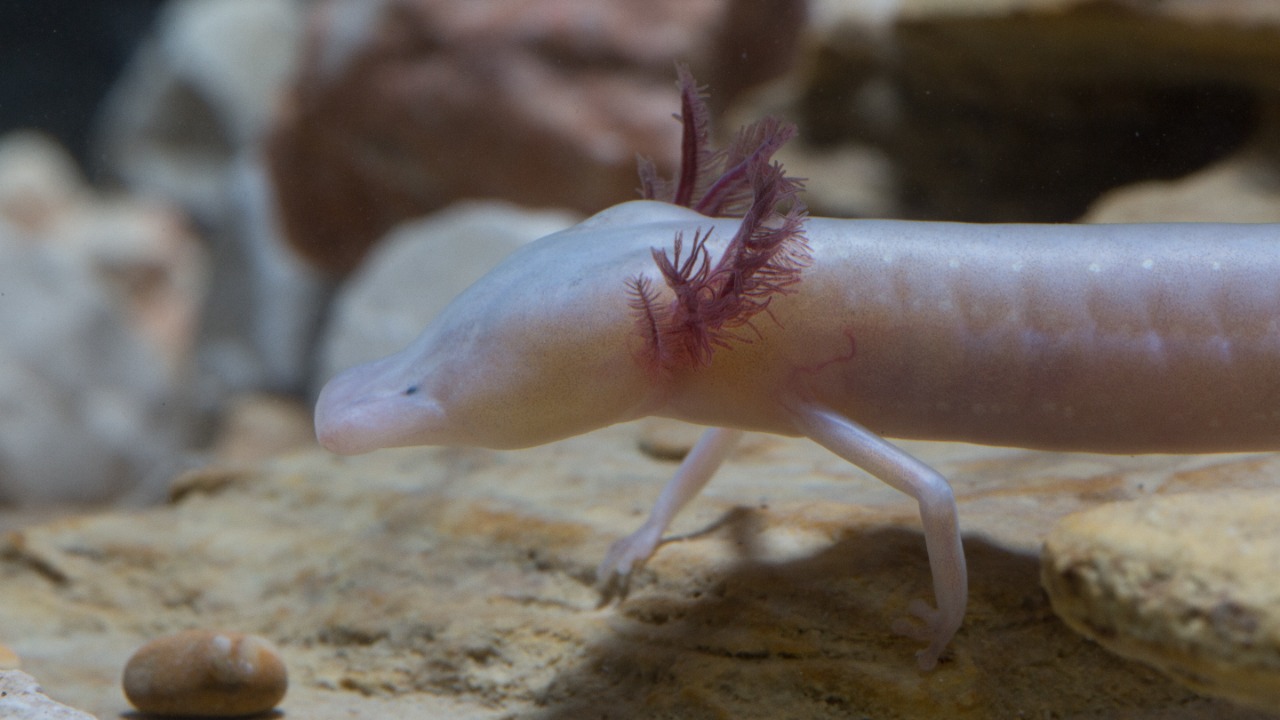
Deep underground, away from the prying eyes of the surface world, lies an ecosystem filled with fascinating yet deadly creatures. These organisms have adapted to survive in extreme conditions, often evolving unique features that make them both mysterious and dangerous. Let’s delve into the depths to uncover these hidden denizens of the underworld.
Giant Centipede
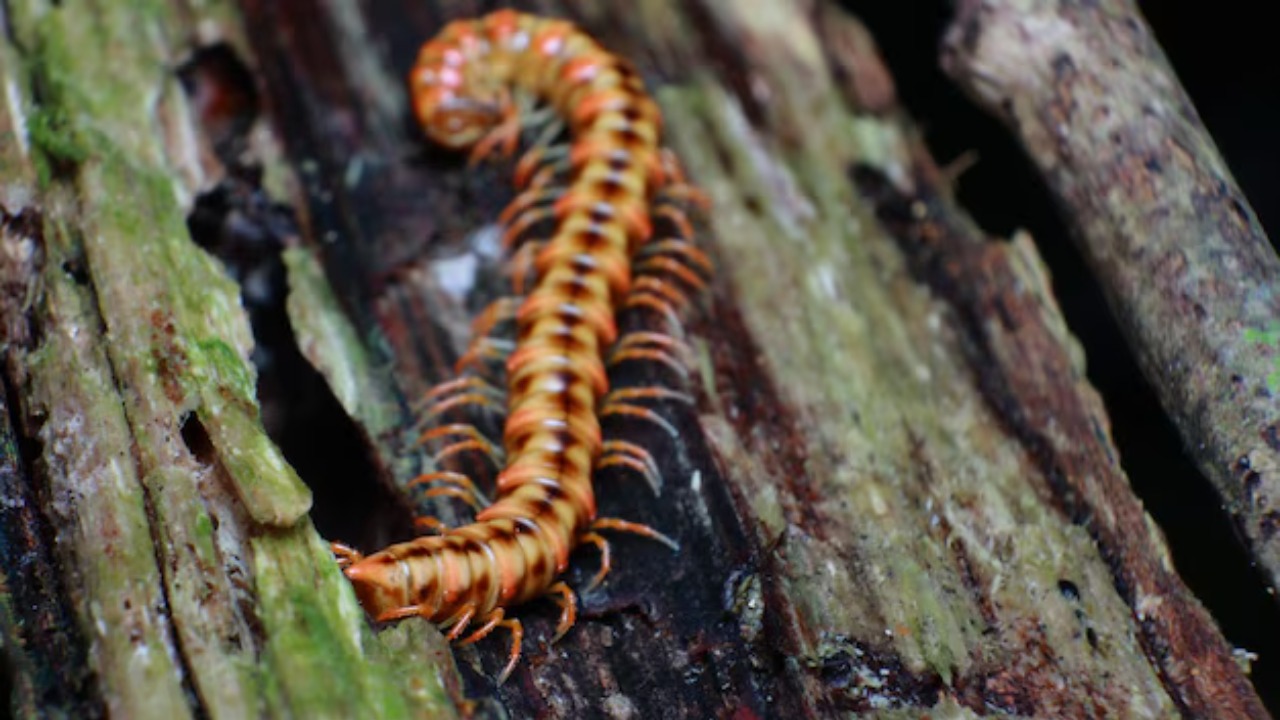
The giant centipede is a formidable predator found in the subterranean depths. With numerous legs and a venomous bite, it can take down prey much larger than itself. These centipedes are known for their agility and aggressive hunting tactics, making them a feared presence in their underground habitat. Their venom can cause intense pain and even paralysis in their victims, which helps them subdue their prey. Learn more about these underground predators.
Cave Spider
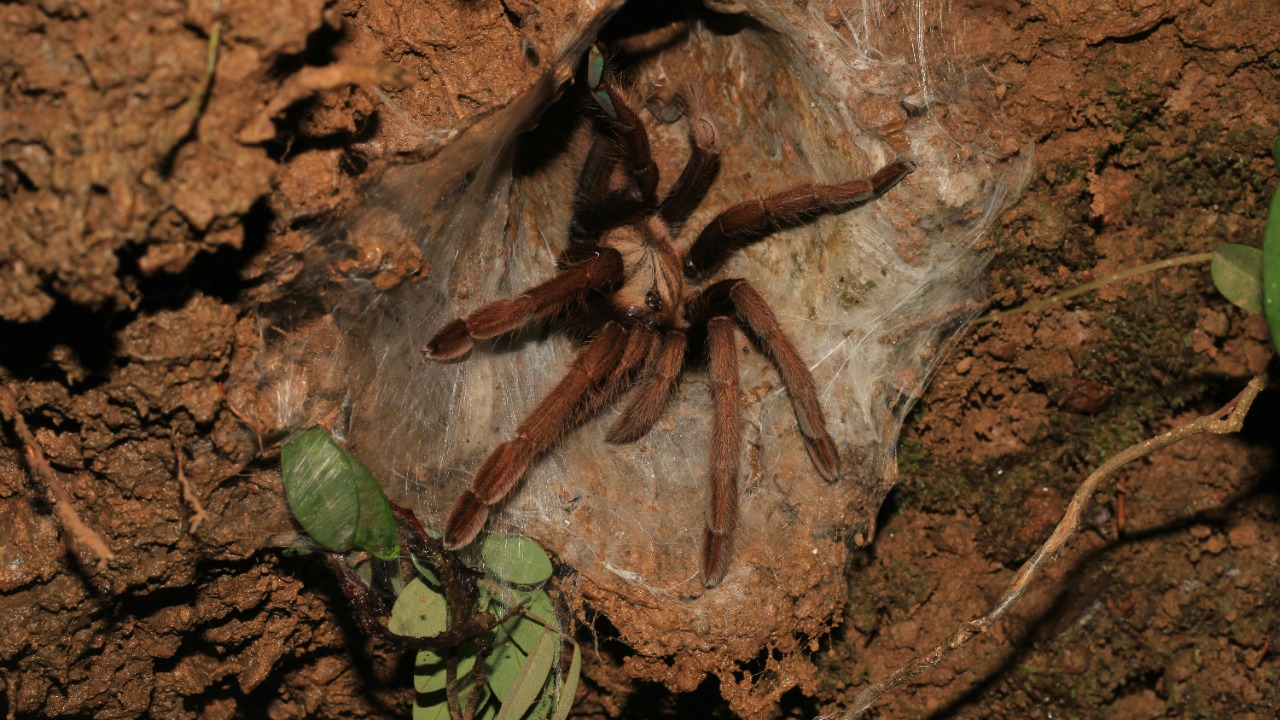
Cave spiders have evolved to thrive in the darkness of underground caves. They rely on their sensitive hairs to detect movement and vibrations in the air, allowing them to pinpoint their prey with precision. These spiders often build intricate webs to trap unsuspecting insects. Their venom, while not deadly to humans, is potent enough to immobilize their prey. The adaptations of cave spiders make them master hunters in their lightless world.
Blind Salamander
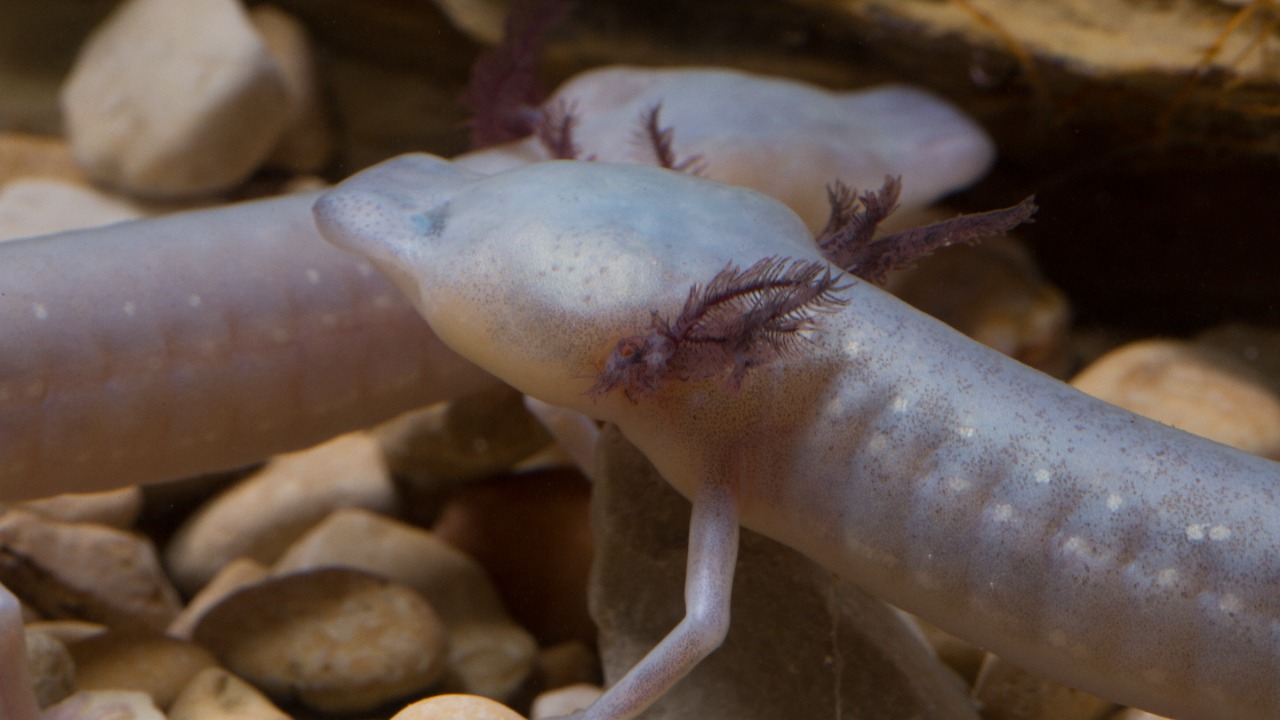
The blind salamander is a fascinating example of adaptation to life underground. Lacking eyes, this creature relies on other senses to navigate and hunt in its dark environment. It feeds primarily on small invertebrates and can survive long periods without food due to its slow metabolism. The salamander’s skin is highly permeable, allowing it to absorb moisture from the damp underground surroundings. Discover more about their unique adaptations.
Troglobitic Scorpion
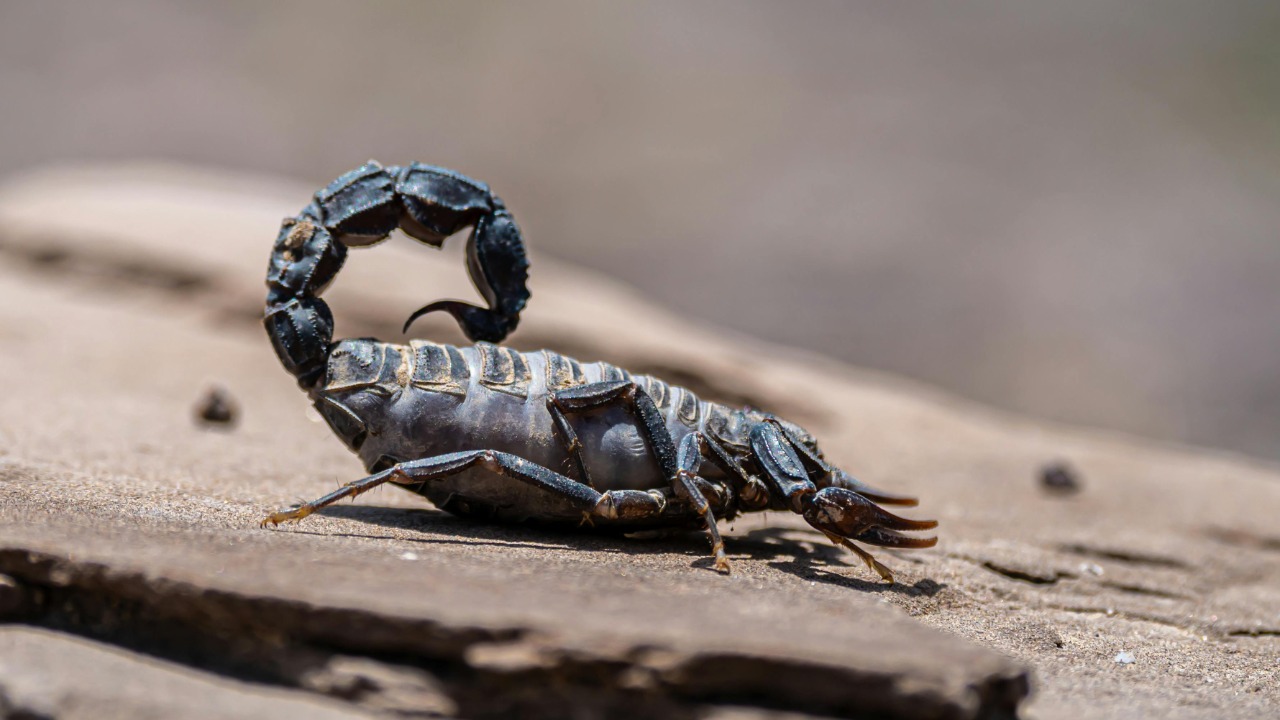
Troglobitic scorpions are specialized for life in caves, often displaying pale coloration and reduced eyes. These scorpions have adapted to the scarcity of food by becoming efficient hunters of small prey. Their venom, though not typically dangerous to humans, is highly effective against their prey. These scorpions have a slow metabolism, which allows them to survive in environments where food is scarce. Their ability to thrive in complete darkness is a testament to their evolutionary success.
Subterranean Worm
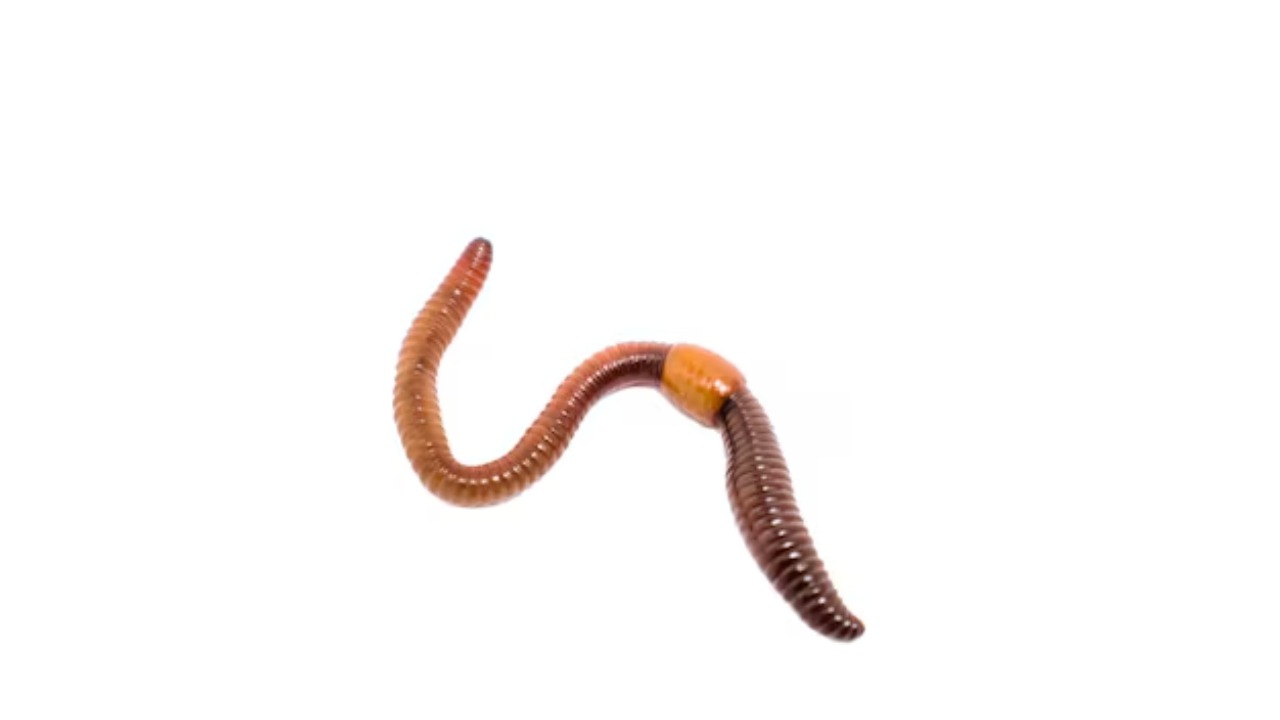
Subterranean worms are often overlooked, but they play a crucial role in underground ecosystems. These worms help break down organic matter, enriching the soil and supporting other life forms. Some species have evolved to become predators, feeding on smaller worms and invertebrates. Their elongated bodies allow them to navigate through tight spaces in the soil, making them highly adapted to their subterranean environment.
Mole Cricket
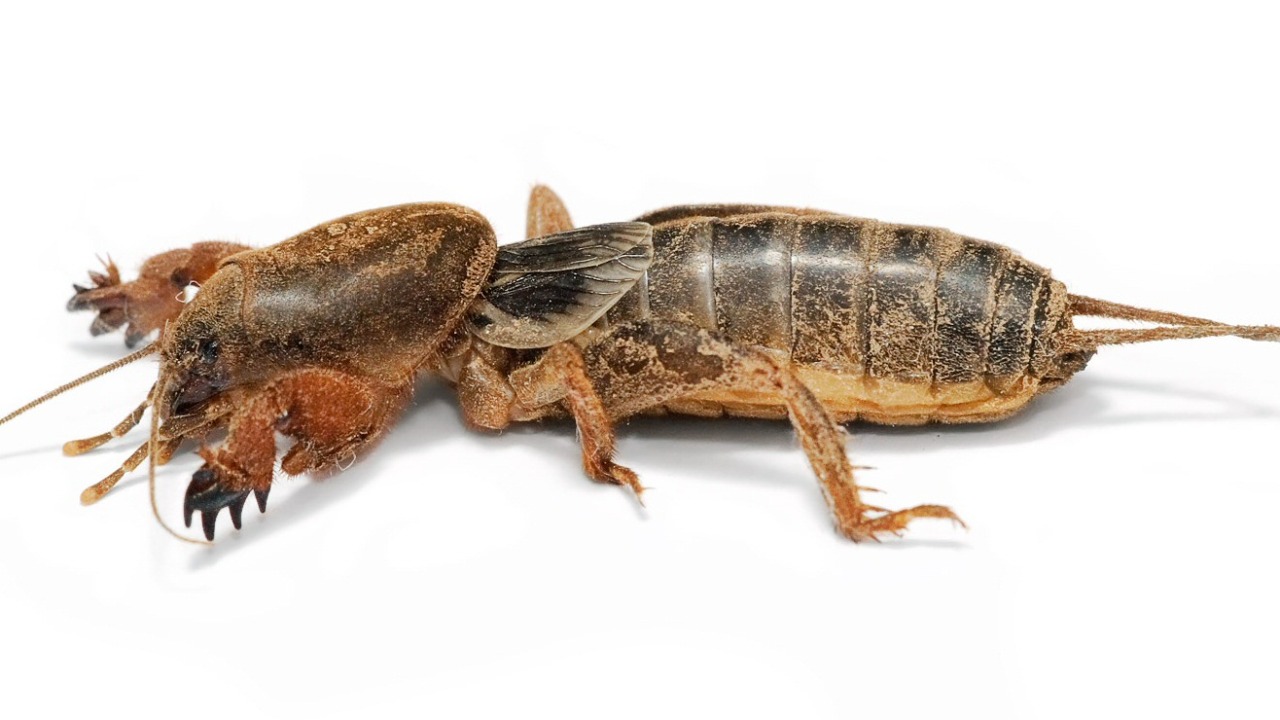
Mole crickets are known for their burrowing abilities, using their powerful forelimbs to tunnel through soil. They feed on plant roots and small insects, often causing significant damage to crops. Despite their relatively small size, mole crickets can be quite destructive, making them a pest in many regions. Their subterranean lifestyle allows them to avoid many predators, giving them a unique advantage in their underground world.
Cave Beetle
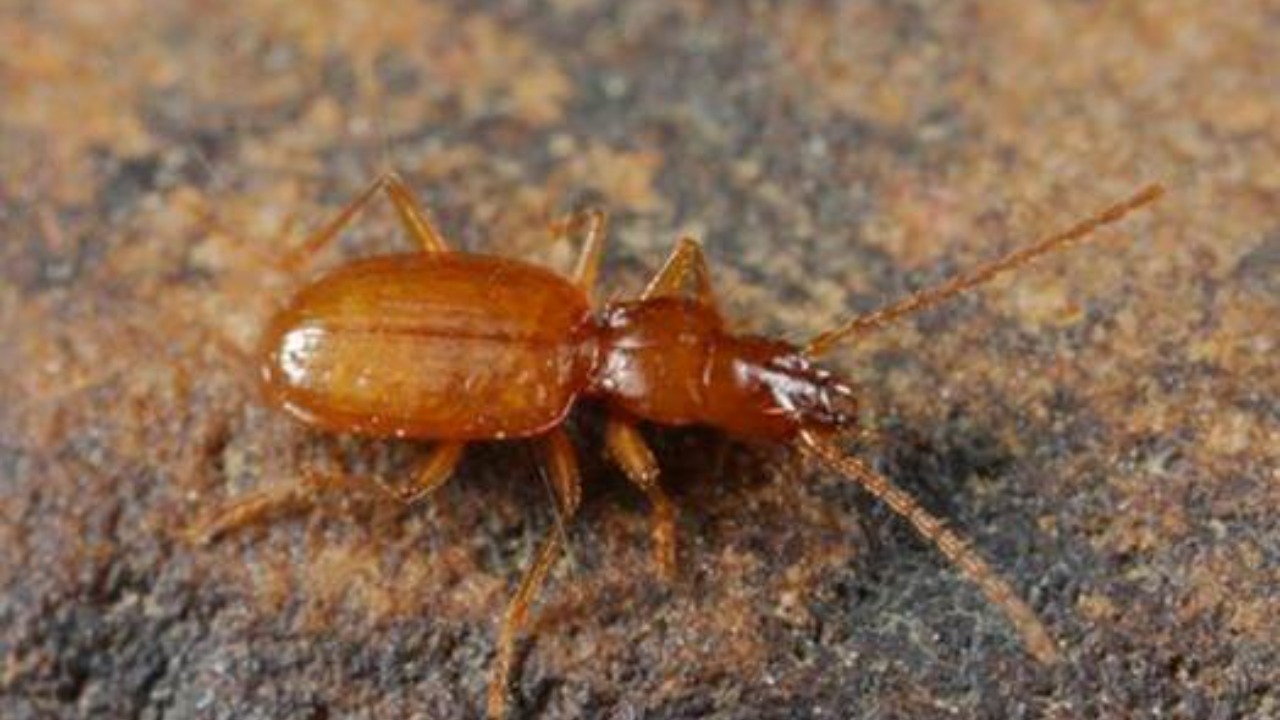
Cave beetles have adapted to the dark, humid conditions of underground caves. Many species have lost their eyesight, relying instead on other senses to navigate and hunt. These beetles are typically predators, feeding on smaller insects and other invertebrates. Their tough exoskeletons provide protection against the harsh conditions of their environment. Explore more about these resilient creatures.
Deep Earth Snake
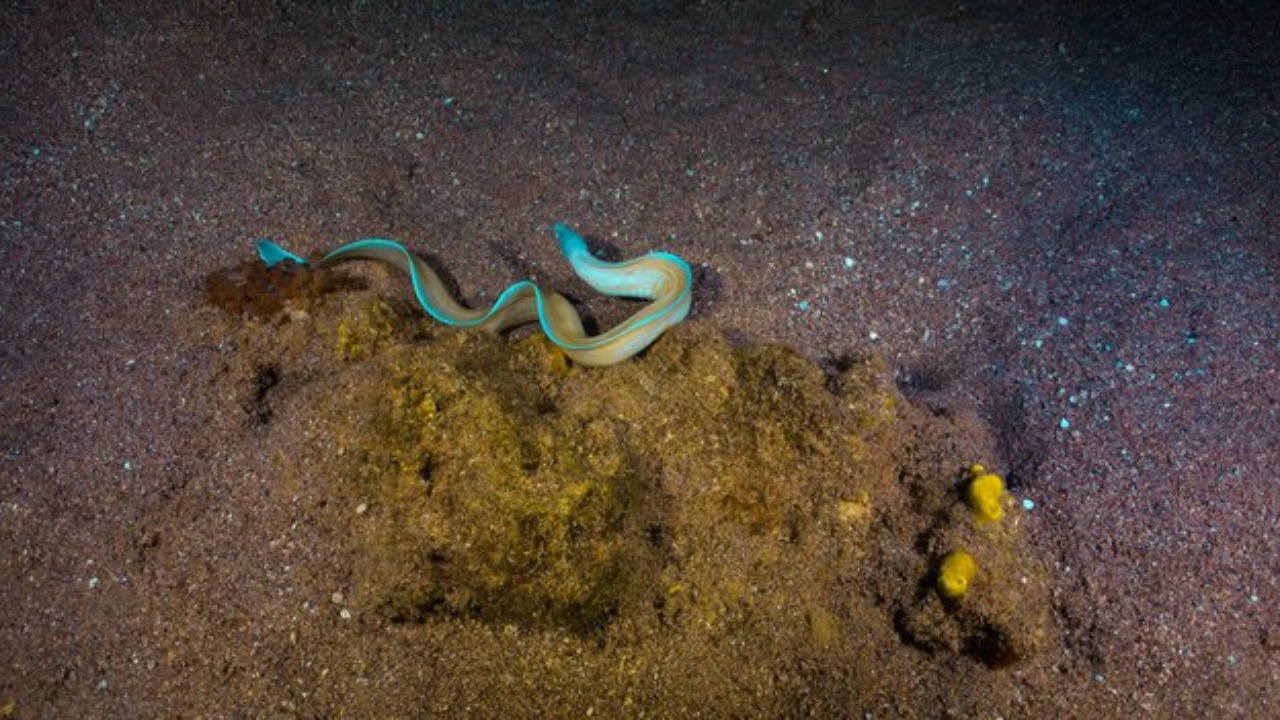
Deep earth snakes are elusive creatures, rarely seen due to their subterranean habitat. They have adapted to life underground with specialized scales that help them move through tight spaces. These snakes prey on small mammals and other reptiles, using constriction or venom to subdue their prey. Their secretive nature and ability to thrive in darkness make them a fascinating subject of study for herpetologists.
Burrowing Bat
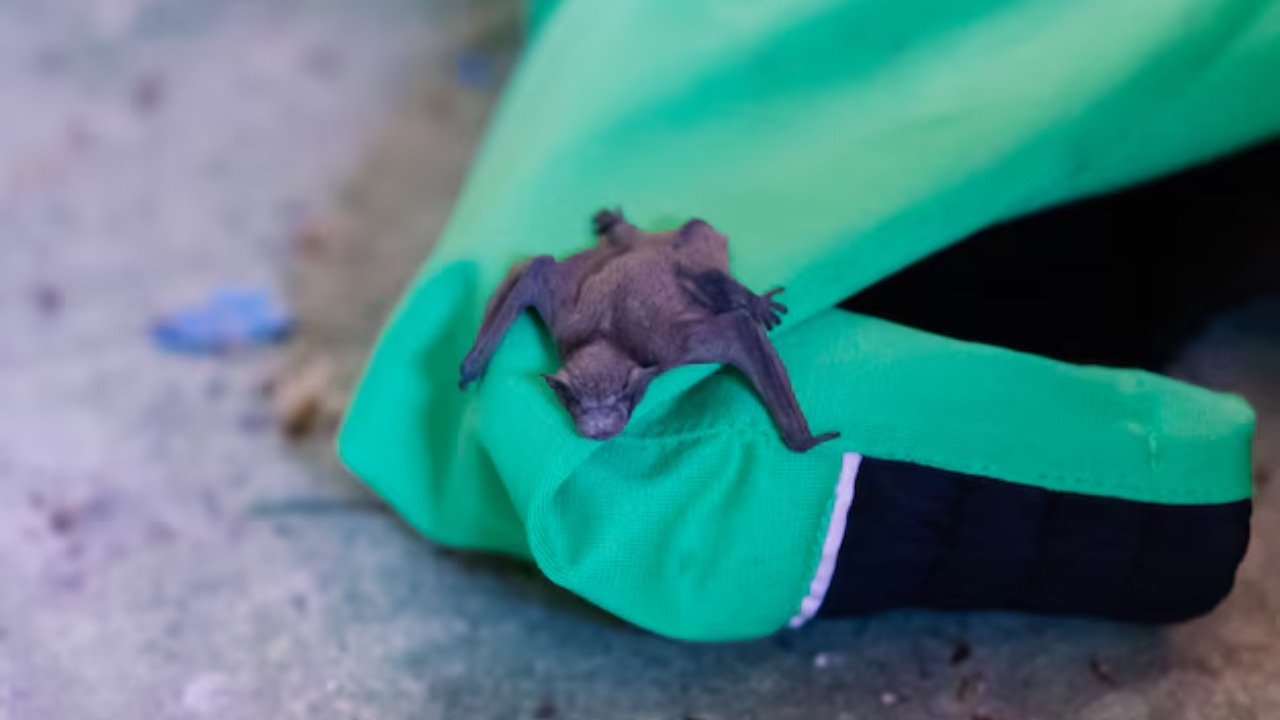
Burrowing bats are unique among bats for their ability to dig and live in underground burrows. They feed primarily on insects, emerging at night to hunt. Their burrows provide protection from predators and harsh weather conditions. These bats have adapted to their subterranean lifestyle with strong claws and a keen sense of echolocation. Find out more about their intriguing lifestyle.